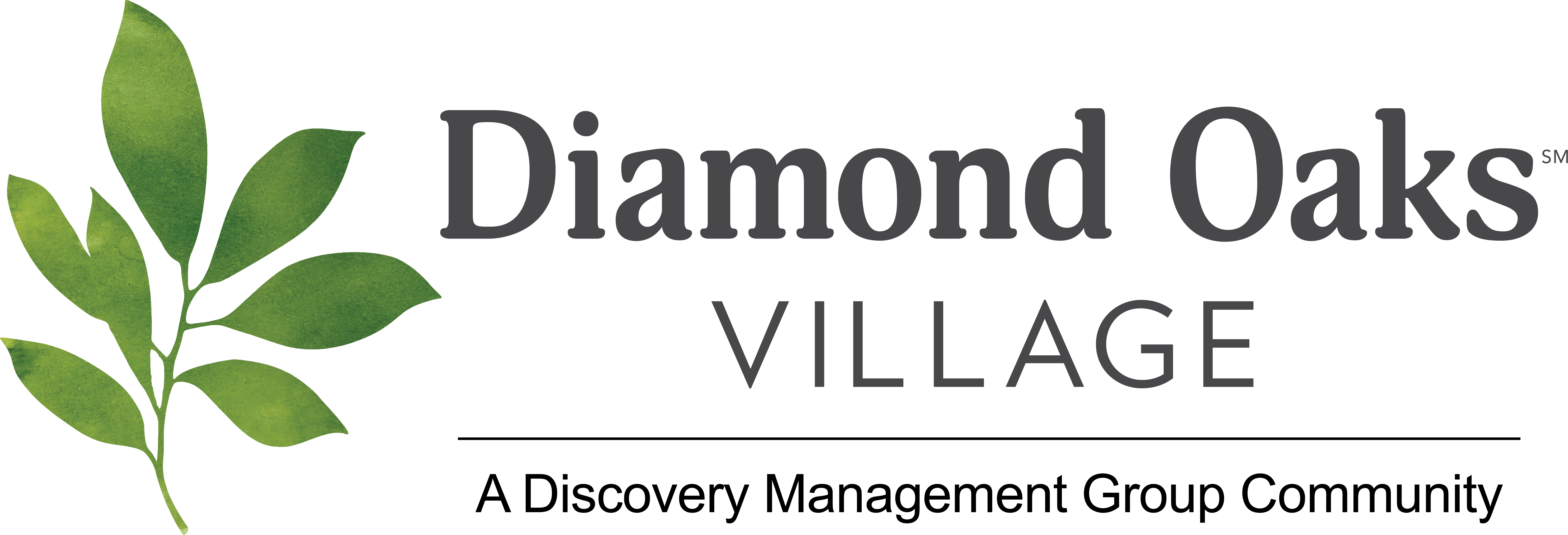When it comes to choosing a living environment that best suits the needs of older adults, 55+ communities and active independent living communities are two popular options. Both offer unique benefits and cater to specific lifestyles, but they differ in key aspects such as amenities, ownership options, and the overall living experience. Understanding these differences can help you make an informed decision about which type of community is the best fit for your lifestyle or that of a loved one.
55+ Communities: A Focus on Homeownership and Community
55+ communities, also known as age-restricted communities, are designed specifically for adults aged 55 and older. These communities typically offer single-family homes, townhouses, or condominiums, and often emphasize homeownership. Residents enjoy the benefits of owning their property, which can be an appealing option for those who want to build equity and maintain a level of control over their living space.
One of the primary advantages of 55+ communities is the sense of community they foster. These neighborhoods are usually designed with social interaction in mind, featuring clubhouses, planned social activities, and communal spaces where residents can gather. The availability of amenities such as swimming pools, fitness centers, and walking trails varies by community, but they are generally included to promote an active and engaged lifestyle.
However, it’s important to note that 55+ communities often have a homeowners association (HOA) that governs the community. This means residents must adhere to specific rules and regulations, and they are required to pay HOA fees. Additionally, the process of selling a home in a 55+ community can be more restrictive, as it typically involves working with approved realtors and selling to a target population within the 55+ age range.
Active Independent Living Communities: A Hassle-Free, Amenity-Rich Lifestyle
Active independent living communities, on the other hand, are designed to offer a carefree and maintenance-free lifestyle for older adults. These communities typically provide rental options for apartments or houses, with the monthly rent often covering much more than just the living space. Included in the rent are services such as housekeeping, meal plans, and maintenance, which allow residents to enjoy a stress-free lifestyle without the burdens of homeownership.
One of the standout features of active independent living communities is the extensive range of amenities they offer. These communities often boast on-site dining options, swimming pools, fitness centers, libraries, game rooms, and a variety of planned activities. The goal is to provide residents with a vibrant social life and ample opportunities to engage in hobbies and interests without leaving the community.
Unlike 55+ communities, where ownership is more common, active independent living communities typically favor renting. This offers a level of flexibility that can be particularly attractive to those who prefer not to deal with the responsibilities of homeownership. Renting in these communities allows residents to focus more on enjoying their retirement years, with the added benefit of having access to a wide array of services and amenities right at their doorstep.
Key Differences
While both 55+ communities and active independent living communities cater to older adults, the main differences lie in the lifestyle and financial commitments they offer. 55+ communities are ideal for those who value homeownership and the stability it provides, along with a close-knit community atmosphere. In contrast, active independent living communities are better suited for those who seek a maintenance-free lifestyle with easy access to amenities and social activities without the obligations of property ownership.
Ultimately, the choice between a 55+ community and an active independent living community depends on your personal preferences, financial situation, and desired lifestyle. Both options provide excellent opportunities for enjoying an active and fulfilling retirement, but understanding the nuances of each can help you find the perfect place to call home.


